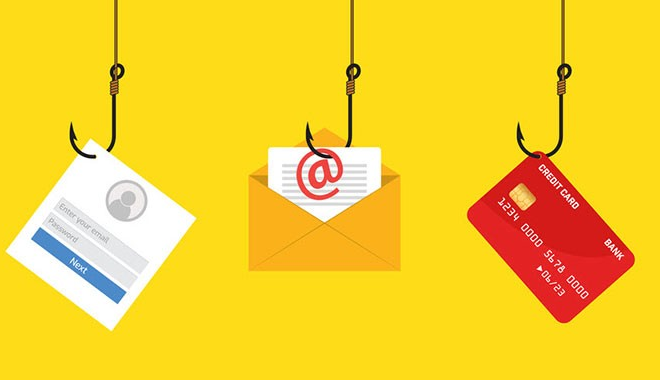Ways Your Email Address Can Be Exploited by Scammers

As the world continues to rely heavily on digital communication, email remains one of the most commonly used methods of exchanging messages. Unfortunately, scammers have also taken advantage of this platform, using various techniques to exploit email addresses for their own gain. In this article, we will discuss some of the ways scammers can use email addresses to target unsuspecting individuals.
- Phishing Scams
Phishing scams involve scammers creating fake emails or websites that look legitimate, such as a banking website or social media platform. The emails will often ask for personal information such as usernames, passwords, and bank account details, leading the recipient to believe there is a problem with their account. Unfortunately, once the information is provided, scammers can use it to gain access to the victim’s accounts or sell the information on the dark web.
- Spamming
Spamming is a common tactic used by scammers to send unsolicited emails to large numbers of people. These emails may contain links to malicious websites or try to advertise illegal services or products. The purpose of spamming is to convince recipients to purchase goods and services or provide personal details.
- Identity Theft
Identity theft occurs when a scammer obtains information such as a name, address, date of birth, and social security number to impersonate someone for financial gain. They can use this information to open bank accounts, credit cards, and loan applications, often leaving the victim with a damaged credit score.
- Malware
Malware is malicious software designed to damage, disrupt, or gain unauthorized access to individual computer systems. Scammers can use emails containing attachments or links to spread malware, often disguised as legitimate software updates or anti-virus programs.
- Business Email Compromise
Business email compromise involves scammers impersonating a company’s executive or employee to request a transfer of funds, typically to an overseas account. They will often create an email address that is similar to the real one, making it difficult to spot the difference. In some instances, companies have lost millions of dollars to this scam.



